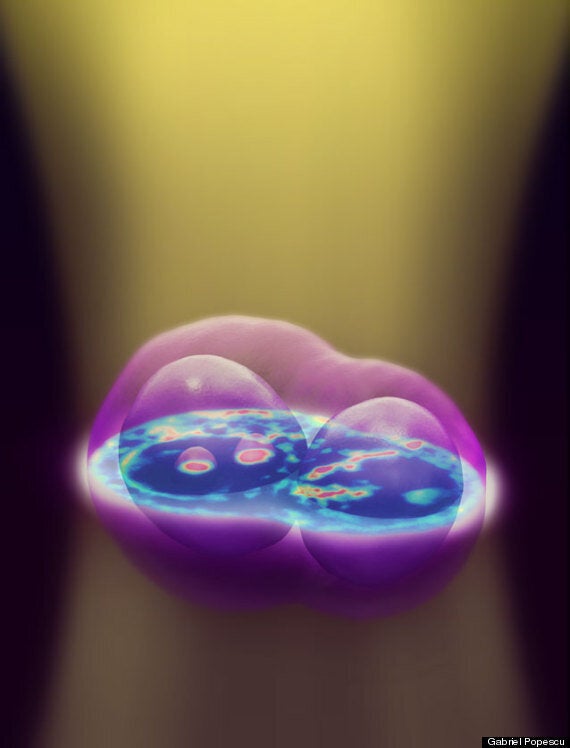A new 3D imaging technique is enabling scientists to view cells like never before without using dyes or even disturbing them.
The method uses conventional microscopes and white light to create high-resolution, three-dimensional images of cells and their internal structures.
Called white-light diffraction tomography (WDT), the images are composites of a number cross-sections which are then rendered together.

Pretty special
it could allow advances in the study of cellular biology as nothing actually enters the cell, leaving the contents un disturbed.
Gabriel Popescu, who led the team at the University of Illinois who developed the technique said: "One main focus of imaging cells is trying to understand how they function, or how they respond to treatments, for example, during cancer therapies.
"If you need to add dyes or contrast agents to study them, this preparation affects the cells’ function itself. It interferes with your study. With our technique, we can see processes as they happen and we don’t obstruct their normal behaviour."
As light is used to look into the cell, it negates the need for traditional chemical, ultraviolet radiation, or mechanical methods traditionally used, all of which could damage body.